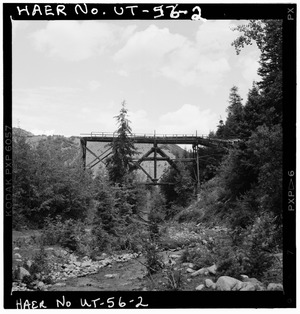Coal City, Utah facts for kids
Quick facts for kids
Coal City
|
|
|---|---|
| Country | United States |
| State | Utah |
| County | Carbon |
| Founded | 1885 |
| Abandoned | 1940 |
| Named for | Coal |
| Elevation | 7,133 ft (2,174 m) |
| GNIS feature ID | 1451215 |
Coal City is a fascinating ghost town located in Carbon County, Utah, in the United States. It was founded in 1885. At first, Coal City was a small farming community. But then, people discovered coal nearby!
Soon, small-scale mining started in the area. The town was thought to be a calm place to live because its mines were a little distance from bigger mining operations. However, coal production started to slow down around 1935. By 1940, most people had left, and the town became a ghost town.
Contents
The Story of Coal City
How Coal City Began
In 1885, some settlers came to Carbon County, Utah. They started a town and called it Oak Springs Bench. The town was quite high up, about 7,000 feet (2,134 meters) above sea level. This made farming and ranching quite hard.
But soon after, they found coal in the area! This was a big discovery. A company called Great Western Coal Mines started small-scale mining. However, these mining operations weren't very big because the town was far from the nearest railroad.
Becoming Coal City
In August 1921, the town's layout was officially planned. It was then renamed Coal City, named after all the coal found there. The town officially became a city in October 1921.
Even though many homes were just tents at first, the town grew. In 1925, Coal City had a log schoolhouse. This was replaced by a brick schoolhouse in 1927. Later that year, a few stores and a bakery were built. These buildings formed the town's main business area. About a few dozen homes were built around these stores.
Life in the Mining Town
People in Coal City were thought to have less stress from mining work. This was because their mining operations were not right next to the bigger, busier mines in nearby National and Consumers. At its busiest time, Coal City had about 70 people living there.
The Town's Decline
In 1926, the mine superintendent, George Storrs, faced some legal issues. Even though he was cleared, his mining company went out of business in December 1926. This caused mining operations to stop.
The town began to decline in 1935. By 1940, almost everyone had moved away, and the town was empty. Today, a few buildings still stand in Coal City. These include two old stores, several houses, and some smaller outbuildings. They are quiet reminders of a once-busy mining community.




